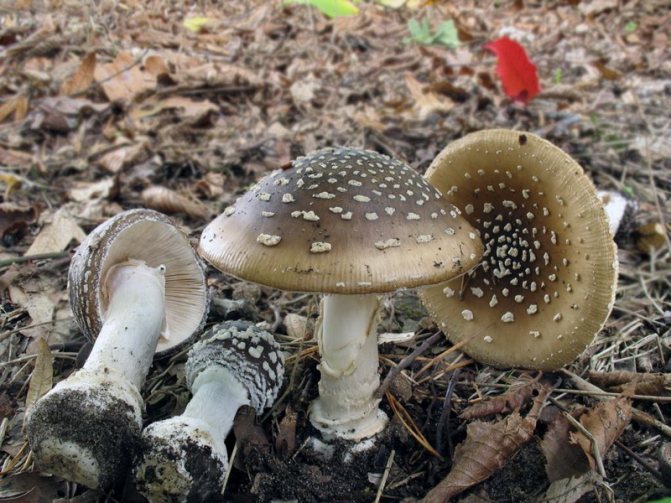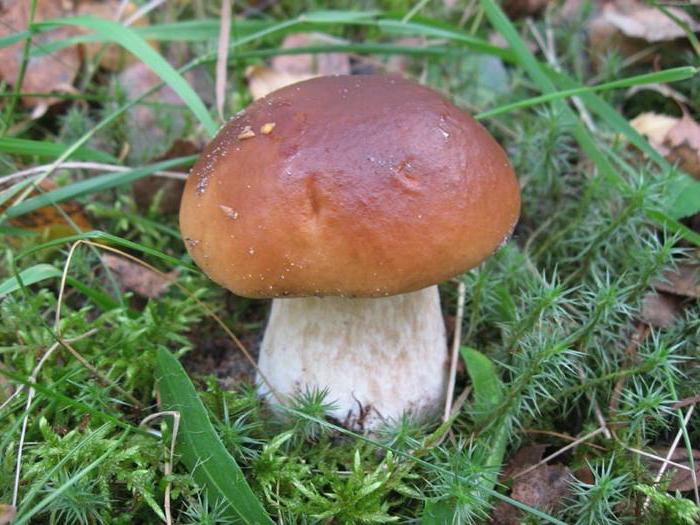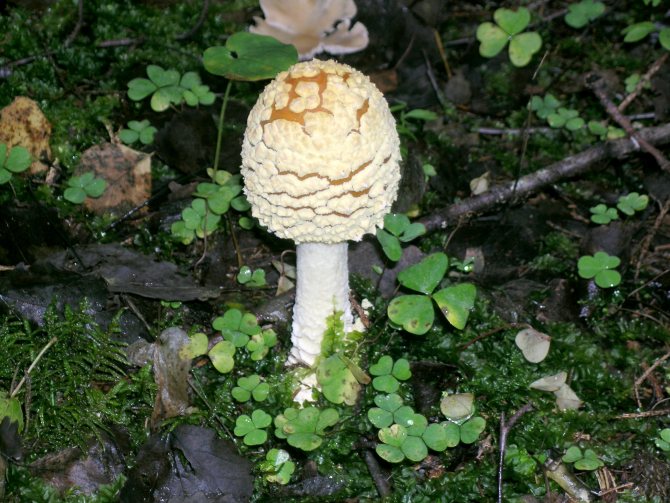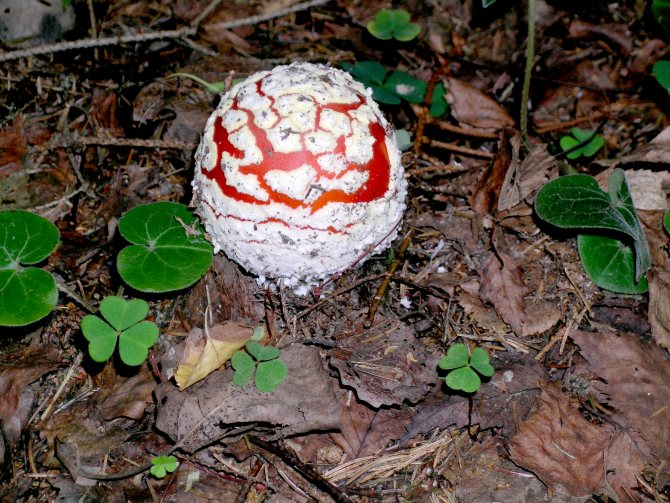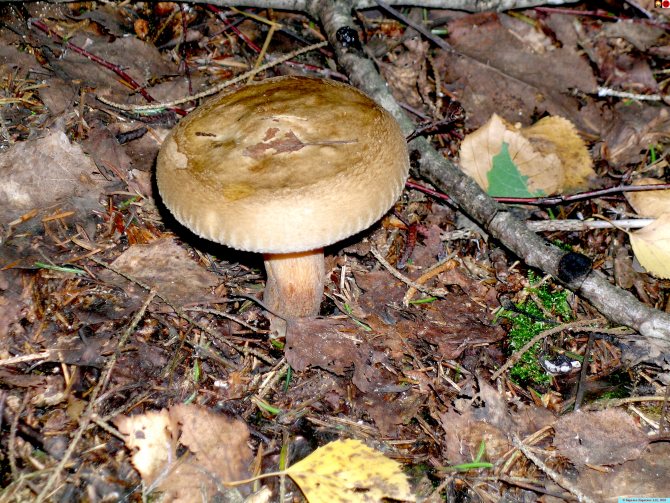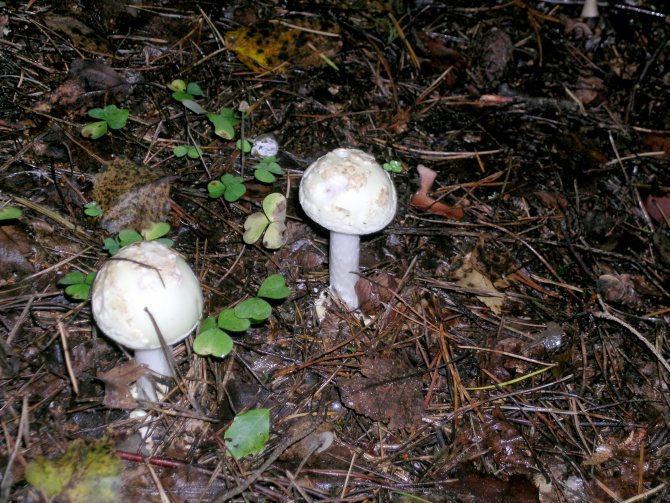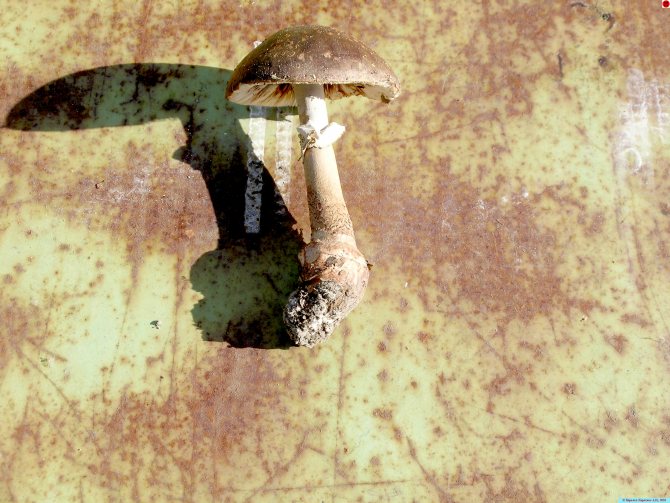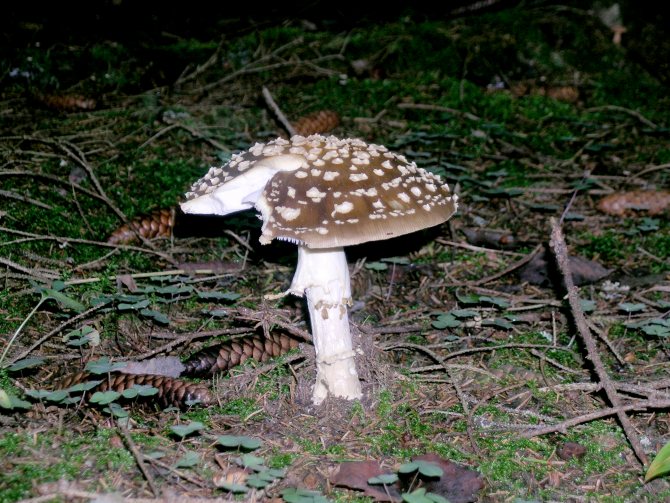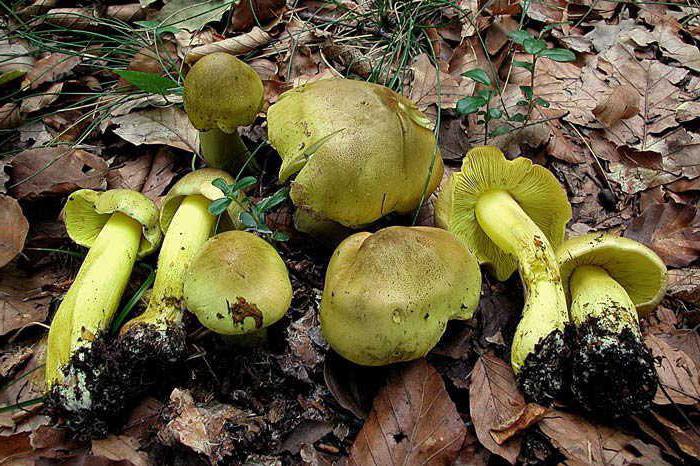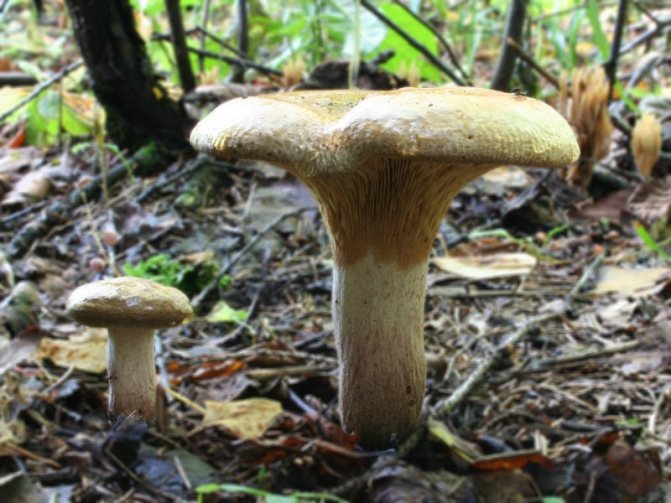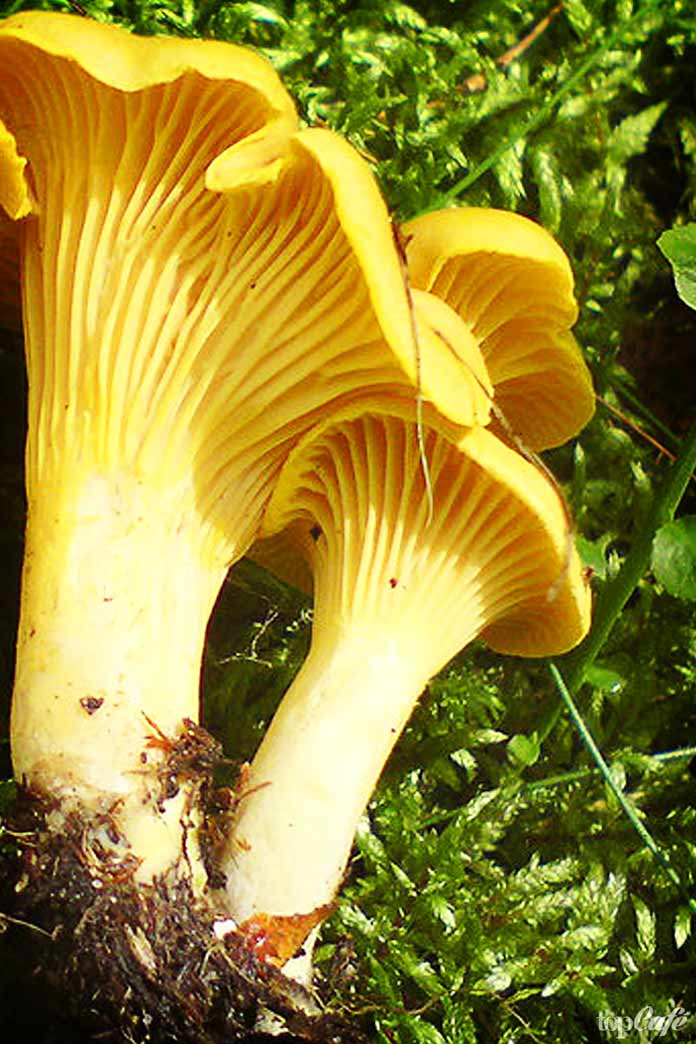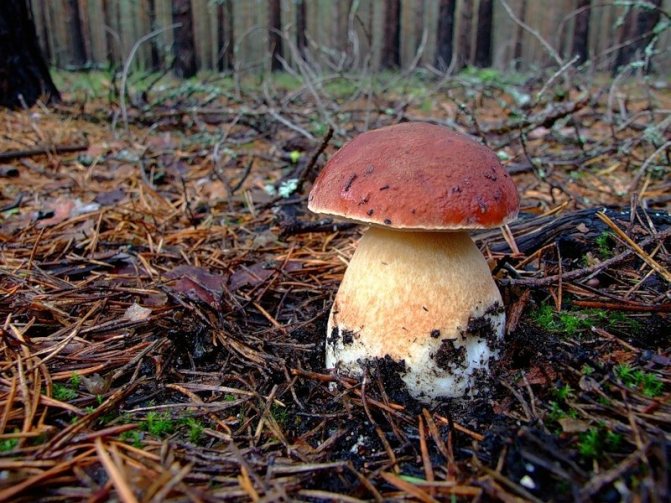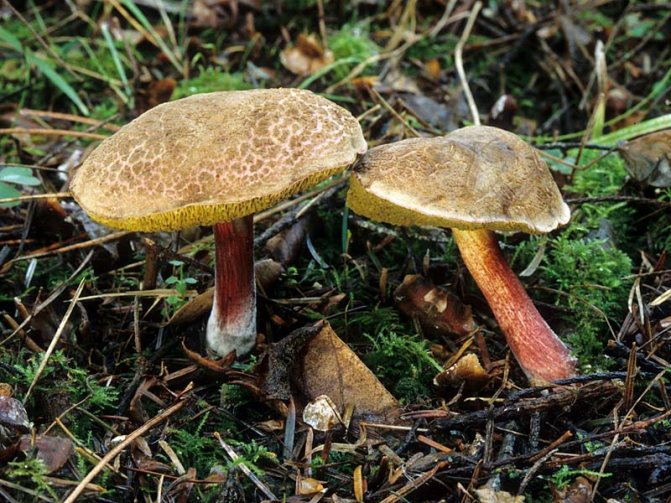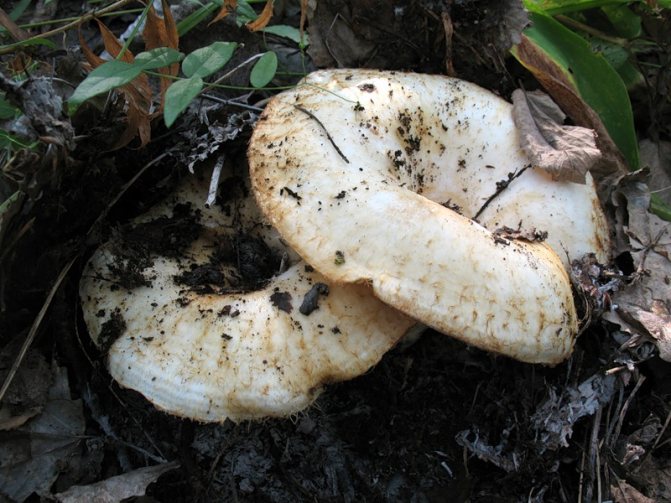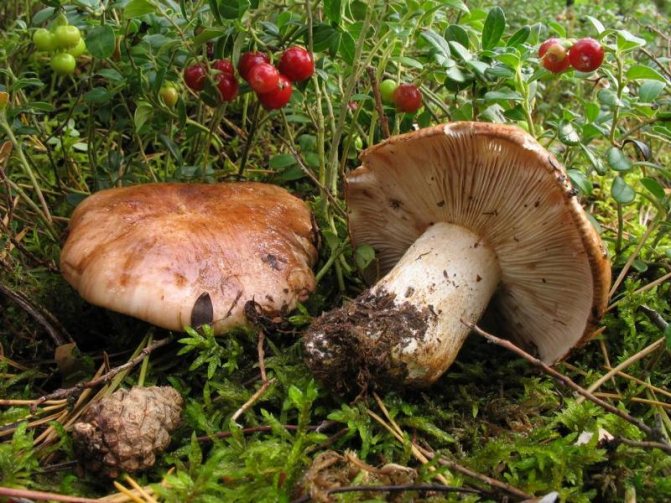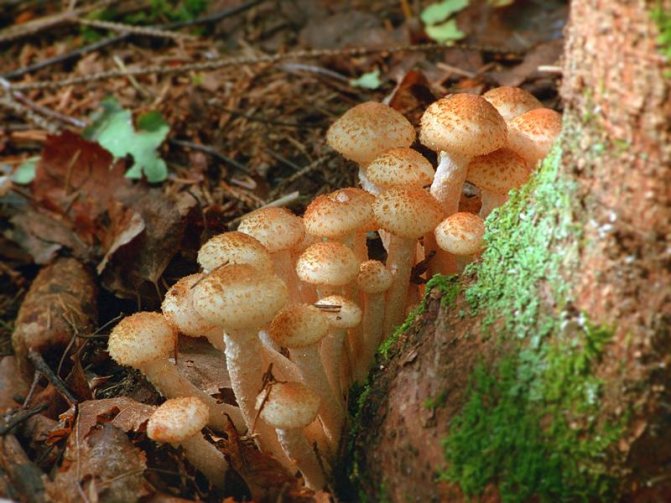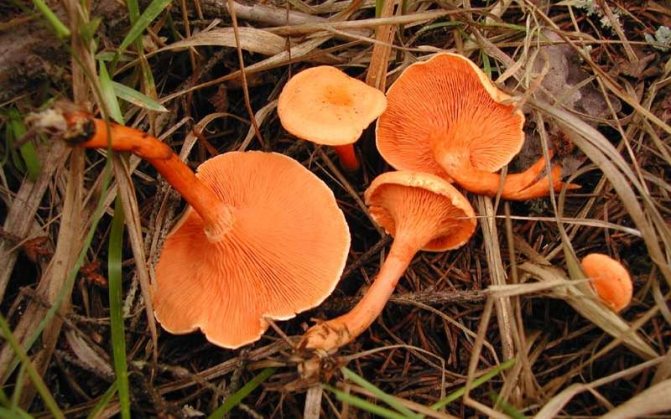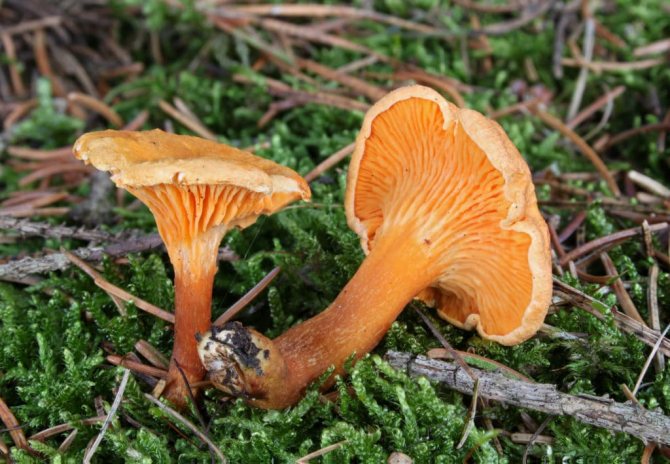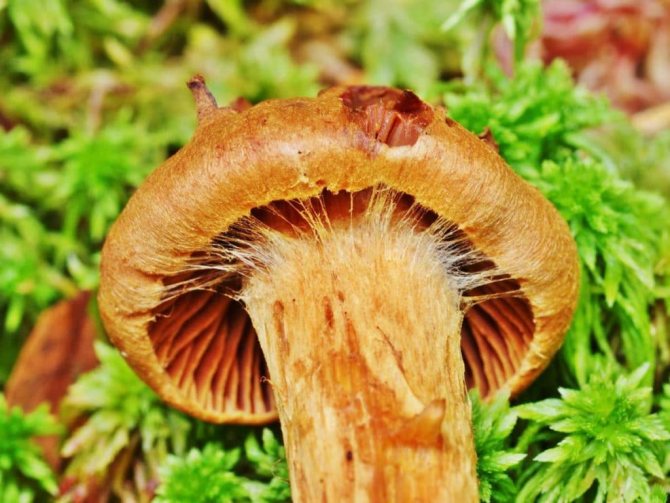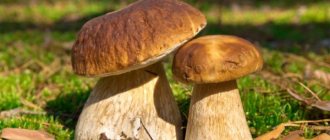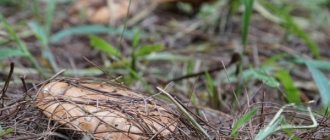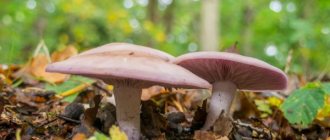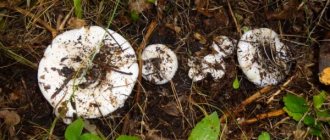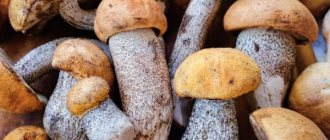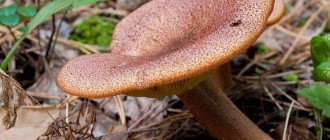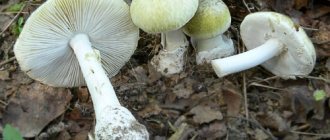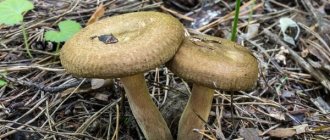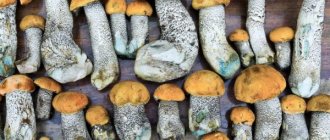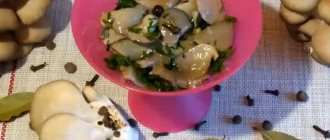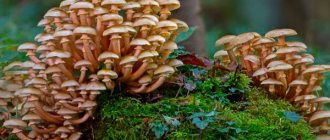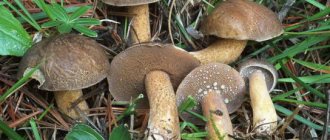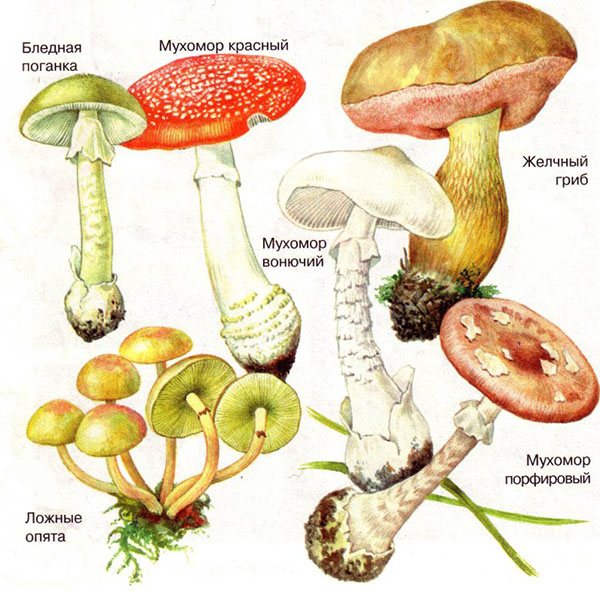
What is the most important thing for a mushroom picker who goes to the forest to "quietly hunt"? No, not a basket at all (although you will also need it), but knowledge, especially in relation to which mushrooms are poisonous and which you can safely put in the basket. Without them, an outing for a forest treat can smoothly turn into an urgent trip to the hospital. In some cases, it will turn into the last walk in life. To avoid disastrous consequences, we bring to your attention a brief information about dangerous mushrooms, which must not be cut off under any circumstances. Take a closer look at the photos and remember how they look forever. So let's get started.
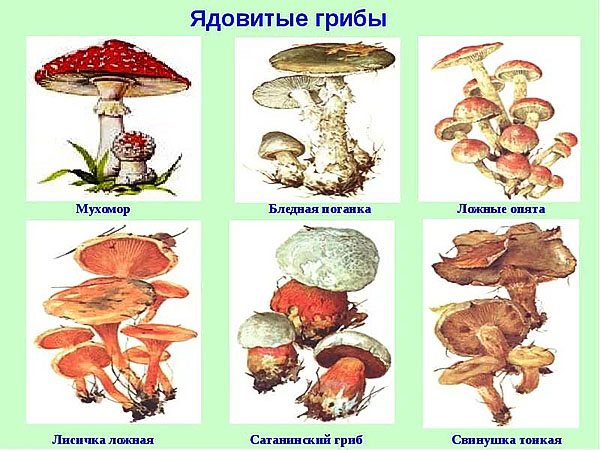

Toadstool is pale
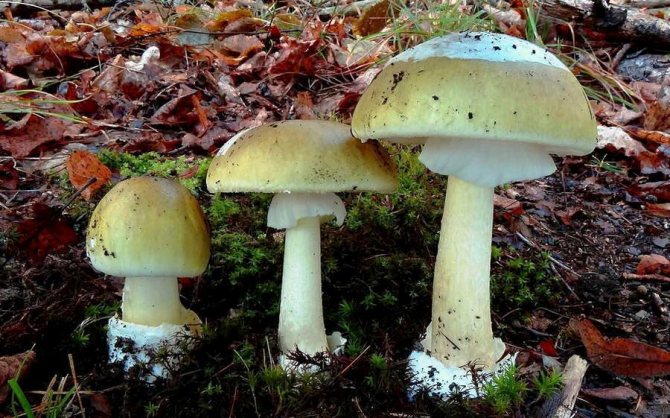

One of the most poisonous mushrooms. Most deaths are due to the consumption of this mushroom or contact with it. Outwardly, this mushroom is difficult to distinguish from russula or champignons.
A pale toadstool looks like this: an olive-colored hat with plates on the back, a long leg with a skirt. If you come across such a mushroom in the forest, it is better not to touch it at all.
Fiber Patuillard / Inocybe erubescens
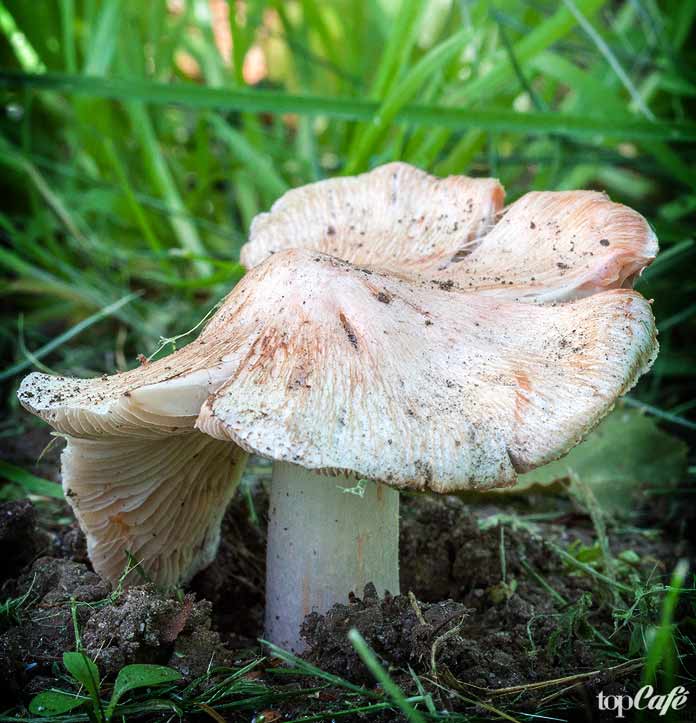

The Russian name for this dangerous mushroom is Fibers blushing, and in the genus Inocybe it is one of the most deadly species.
In Ukraine, it grows from July to November, mainly in coniferous and deciduous forests. Locally found in Europe and Asia. The hat is umbrella-shaped with a diameter of 3 to 9 cm, and the leg reaches a height of up to 10 cm.
Fibers contain a toxic alkaloid - muscarine, which can cause severe poisoning and lead to death.
Amanita Smelly
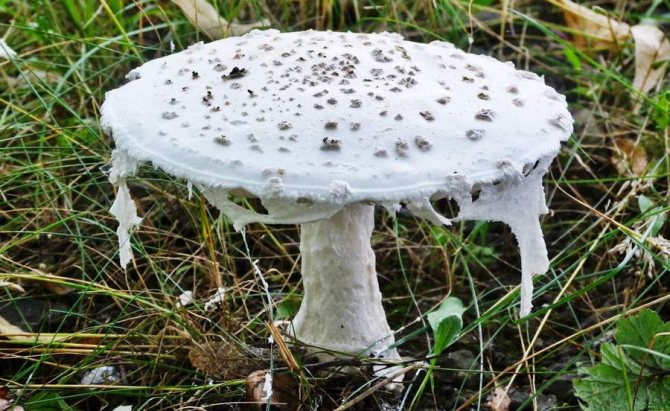

The mushroom is very similar to the pale toadstool. The color and size are almost the same, only the color is much lighter. This type of fly agaric lives in damp, dark places.
They poison her less than a pale toadstool. All because of the foul smell of rotten meat. Such a mushroom is not what it is, it is even unpleasant to hold it in your hands.
The most mushroom places in Volgograd and other regions of Russia
The forests are getting smaller, and there are more mushroom pickers and lovers of quiet hunting. Therefore, I want to know where the mushroom-rich places are. Another problem is that everyone has their own tastes. Someone loves mushrooms, others only boletus. Therefore, you do not want to walk in the forest in search of all varieties. Mushroom pickers are looking for their favorite mushrooms and are ready to go for them "far away". But still, knowing the address of such a place is safer.
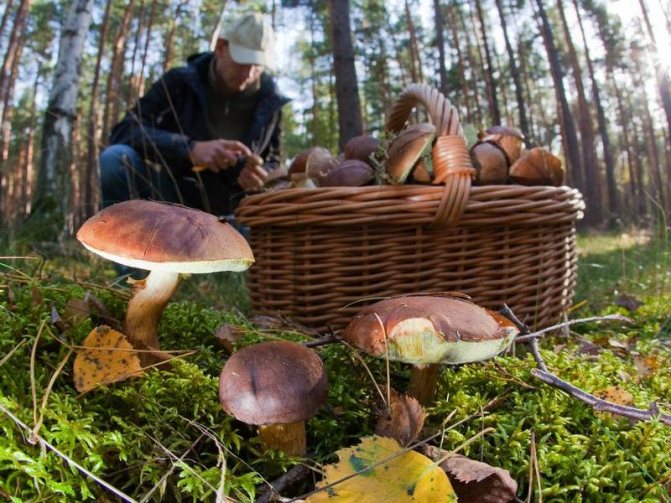

Mushroom places are scattered all over Russia
False chanterelle
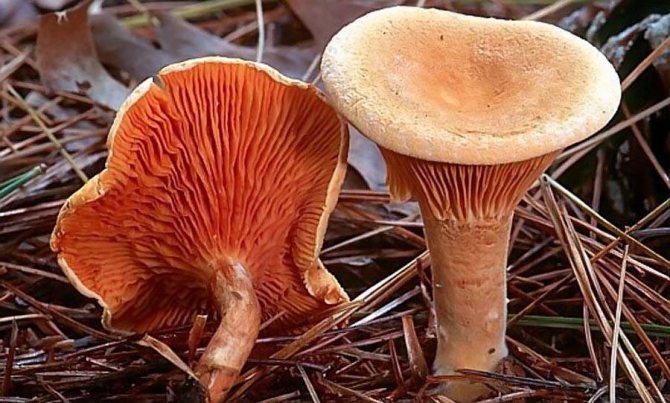

It is found in the same places where the common chanterelle lives. The false chanterelle is very similar to its edible counterpart.
The main differences between the poisonous mushroom: the leg is thinner than a real chanterelle; the plates do not go over the leg; the color is bright orange (real chanterelles are lighter); grows one by one. A poisonous mushroom gives off a pungent unpleasant odor.
Edible mushrooms
In the Volgograd region, many tasty and healthy mushrooms grow, which every mushroom picker will be happy to meet. It is worth considering in more detail their diversity and habitat.
Morels
Description... These are quite famous mushrooms, in which not every mushroom picker is able to recognize edible ones. This is because the morels are unattractive in appearance, and their shape is rather special for the mushroom kingdom: the egg-shaped cap is located on a short cone-shaped leg.The size of the cap and leg can be different, it is difficult to separate one from the other.
Where and when does it grow? Morels grow in forests, gardens, parks. These mushrooms are especially fond of places where there was a fire several years ago. In spring, morels are easy to find in wet weather in many deciduous and coniferous forests, on clay and calcareous soil.
Varieties... There are many species of morels, among the edible ones it is worth noting the tall, conical, real, semi-free, steppe, thick-legged morels and morels.
Doubles. Morels are visually similar to stitches, which are poisonous.
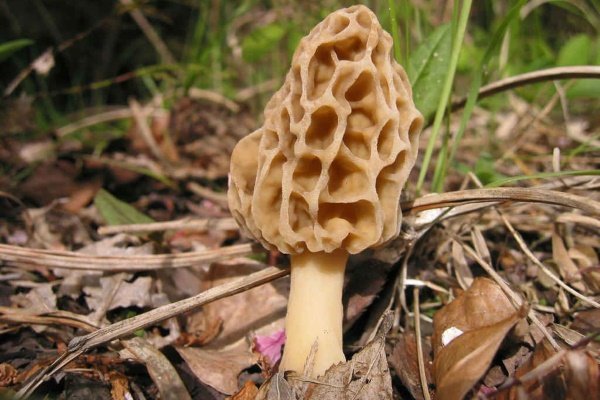

Russula
Description. In young russula, the cap has a spherical shape. During the growth of the fungus, the cap straightens, becomes flatter, sometimes convex. In size, it does not exceed 10 cm, the palette of colors is large. The stem of the mushroom is the same length, the color is often white, but there are also the same colorful ones as the caps. The mushroom has a mild odor.
Where and when does it grow? Collected russula in summer and autumn in mixed forests.
Varieties. Among these mushrooms, the following are common: amethyst russula, Barla, Blackford, related, pleasant, durable, whole, marsh, geranium-colored and Velenovsky's russula.
Doubles. Among russula, there are not only edible, but also inedible or poisonous mushrooms, for example, pungent russula or birch russula. It is quite difficult to distinguish them from edible mushrooms, only experienced mushroom pickers can do it.
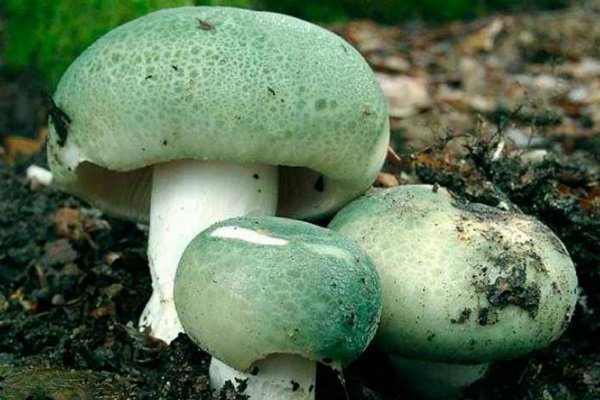

Russula greenish
White gib
Description. White mushroom is one of the most popular edible mushrooms. The caps of porcini mushrooms are large in size - they can reach several tens of centimeters in diameter. The color of the cap is light and dark brown, sometimes yellow or reddish. The leg of the porcini mushroom is also large, not exceeding 10 cm in width. In relation to the cap, the leg is smaller, but towards the base it can expand and reach the size of the cap. The pulp of the porcini mushroom has a color corresponding to the name, less often a pink tint is observed.
Where and when does it grow? In the Volgograd region, white mushroom is often found in the Kumylzhensky, Gorodishchensky, Alekseevsky districts. Its favorite places are pine, oak and birch forests with lichen and moss shelters on the ground. They begin to collect it in June.
Varieties. The most common among porcini mushrooms are considered to be spruce, pine, oak, birch, net and hornbeam.
Doubles... The porcini mushroom is confused with gall and satanic mushrooms, which are inedible.
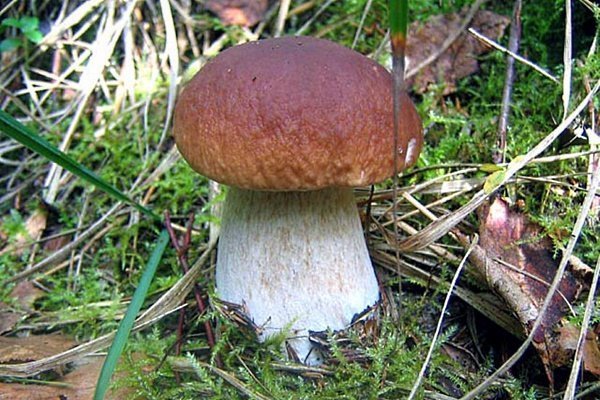

Ryzhiki
Description. Auburn color ranging from light yellow-pink to deep orange-red. The diameter of the cap of adult mushrooms reaches 15 cm, its edges are slightly curled down, and there is a depression in the center. The leg is hollow, no more than 10 cm in length, and has a cylindrical shape. The pulp of the saffron milk cap is as bright as the mushroom itself; it turns green when it is exposed to air for a long time. The smell of saffron milk caps is rather weak.
Where and when does it grow? The first mushrooms ripen in mid-July, their growth continues until frost. You need to search in the coniferous forests on the north side of the trees.
Varieties. Among the main types of saffron milk caps, there are pine, spruce, red and milky red mushrooms.
Doubles... False saffron milk caps are pink, aromatic milkweed and papillary milk mushroom.
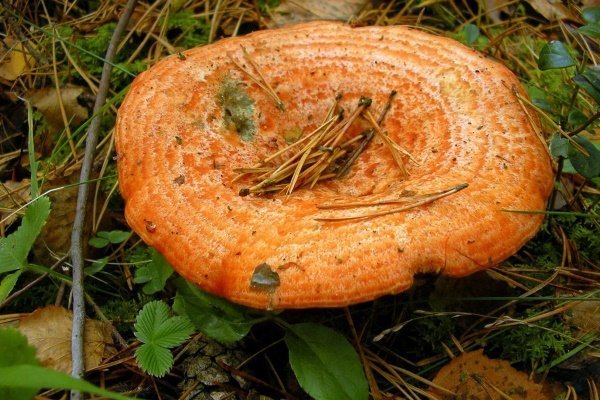

Milk mushrooms
Description... Milk mushrooms have a distinctive appearance from many mushrooms - they have a large massive white cap on a short stem. There is a fringe border around the edges of the mushroom. As the edges of the weight grow, they begin to wrap inward, and the mushroom itself turns yellow. Therefore, yellowed mushrooms, the color of which is already closer to rusty, should not be picked.
Where and when does it grow? You can meet milk mushrooms in birch, oak and aspen forests from July to September. In the Volgograd region, they are often found in the area of the village of Trekhostrovskaya, Lebyazhya Polyana and Kalach-na-Donu.
Varieties. There are many types of mushrooms in this area, among which the real, aspen, yellow, oak, black, dry mushrooms are especially distinguished.
Doubles. False milk mushrooms and milk mushroom counterparts include such: pepper, camphor, felt and golden yellow milk.
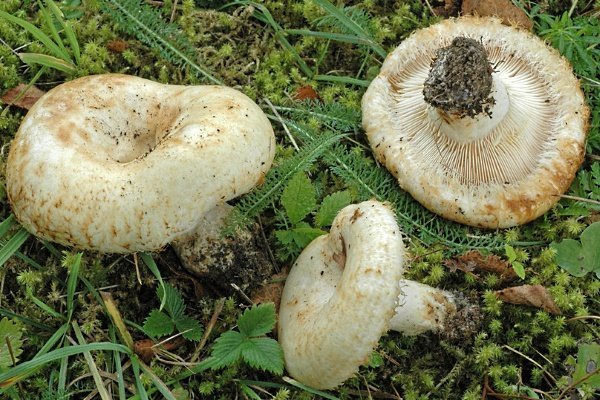

Real milk
Valuy
Description. The cap is spherical at the beginning of growth, eventually transforms into a flat one, along the edge of which depressions are clearly visible, and in the center there is a small notch. The hat rarely exceeds a dozen centimeters, its surface is covered with mucus and shines brightly, the color is yellow or yellow-brown.
Valuy's leg is white and in the shape of a barrel or cylinder. Its thickness is about 3 cm, length is about 10 cm. The flesh of the mushroom is also white; it becomes brown under the influence of air. Its smell is similar to spoiled oil.
Where and when does it grow? Valui grow in birch, deciduous and coniferous forests.
Varieties. Valui is the only representative of its kind. Collect these mushrooms from mid-summer to September.
Doubles. Similar to Valui are: ocher russula, almond and Morse, which can be distinguished by a specific smell and color. There is also a poisonous double - false valui, which, when cut, has a strong smell similar to horseradish.
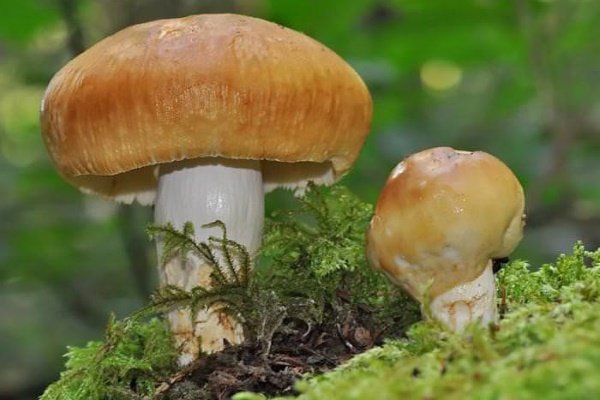

Boletus
Description... Boletus boletuses are characterized by a wide stocky leg, on which a bright cap is located. At the beginning of growth, the cap tightly fits the top of the leg and has a spherical shape, later it straightens out, more and more flattening over time. The color of the cap varies from light brown to bright brick.
Where and when does it grow? Boletus is collected from early summer to autumn. They are most often found in the birch and aspen forests of the Kletsky region. Mushrooms can be found under various trees: spruce, beech, poplar, birch, willow, and aspen.
Varieties. The most common representatives: red, black-scaled, oak, yellow-brown, spruce aspen.
Doubles... Pepper mushroom (or bitterness) can be called a double of the boletus. The difference between the latter and the boletus is the absence of a mesh pattern on the stem and a pinkish tint of the tubular layer.
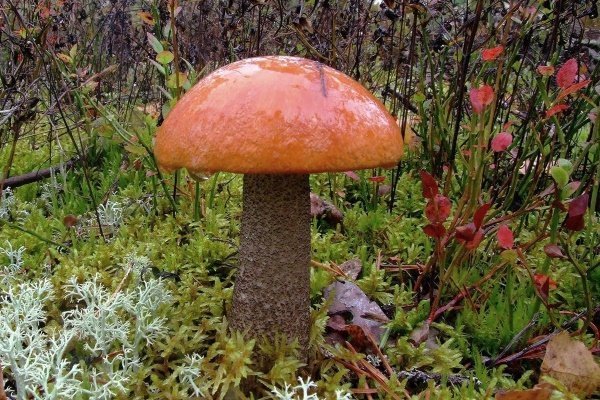

Boletus
Description. The boletus has a small cap (on average 8 cm in diameter) of gray-brown or brown color, which is located on a thin, but long (about 10 cm) leg of white-gray color. Dark brown plates cover the surface of the stem. The flesh of the mushroom is hard, white, in the air it becomes green, pink or black, depending on the type of boletus.
Where and when does it grow? Boletus grows mostly in birch forests. You need to collect these mushrooms in the summer-autumn season.
Varieties. There are many types of boletus boletus, of which the most common in Russia are common boletus and gray boletus.
Doubles. The gall mushroom is very similar to the boletus. The latter can be distinguished from the edible by the greenish tint of the cap and its lower pink part.
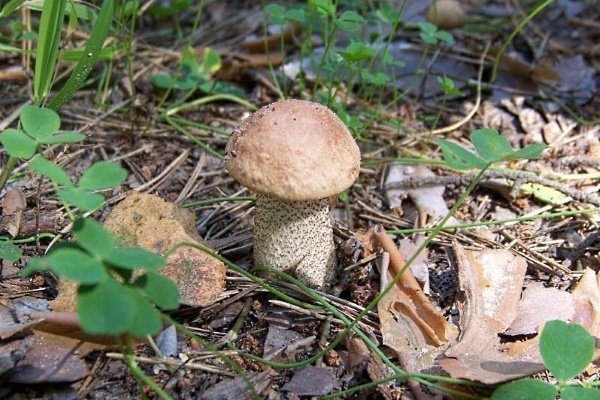

Umbrellas
Description... Edible mushrooms of this type include: mushroom umbrella white, blushing and variegated. They are all similar in shape, only slightly differing in size. At the beginning of their growth, the caps of such mushrooms have a spherical shape, but over time they open up, becoming like an umbrella. The color of the cap depends on the species - it can range from light cream to dark brown. As the mushroom grows, peeling plates are noticeable on the cap. The leg is hollow, white-gray, in the shape of a cylinder.
Where and when does it grow? Umbrella mushrooms are harvested from mid-June to October.You can meet them in various free areas of forests - pastures, glades, meadows, forest edges, and so on.
Varieties... There are several edible varieties of this mushroom, among which it is worth highlighting the field umbrella, graceful, konrada, mastoid, variegated, blushing, girlish.
Doubles. The inedible or poisonous representatives of this genus include the umbrella comb, chestnut, sharp-flaked. Also, the extremely poisonous panther fly agaric and white toadstool look like an umbrella mushroom.
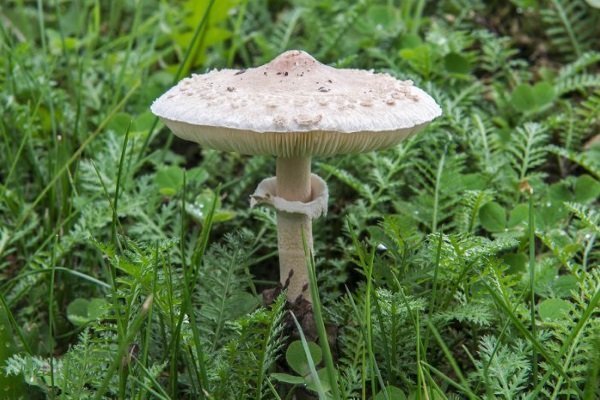

Oyster mushrooms
Description... Oyster mushroom of large sizes - the diameter of the cap is several tens of centimeters (10-30). The edges of the cap are tucked at the beginning of growth, as they grow, they unfold and become wavy, so the shape of the upper part of the mushroom turns from convex to flatter. The color of oyster mushrooms is gray with various shades, old mushrooms look whitish, the saturation of their color is lost over time. The leg is short, dense, in the shape of a cylinder, white.
Where and when does it grow? The favorite habitats of these mushrooms are trees and stumps. Oyster mushrooms grow on dead wood or heavily weakened birch, aspen, willow, oak and mountain ash. They begin to collect the mushroom in the fall, sometimes you can find it until December.
Varieties... There are three dozen species in the genus of oyster mushrooms, among which there are both edible and inedible. The most common edible mushrooms of them are considered to be ordinary, horn-shaped, oak, steppe, pulmonary, pink and golden oyster mushrooms.
Doubles. False oyster mushrooms differ from edible ones in their brighter colors. In Russia, from such false mushrooms, orange oyster mushrooms and wolf sawnwood are found.
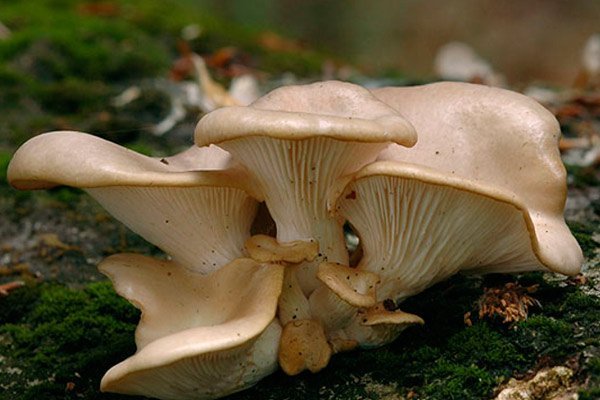

Polypores
Description. For the most part, polypores look like large growths on the bark, they can be of various colors, with a massive cap and a small strong leg, which is located on the side and is visually invisible.
Where and when does it grow? All tinder fungi live on ordinary or rotting trees, sometimes they are found on dry fallen wood, branches, stumps, less often on the ground. You can meet their varieties from early May to late autumn.
Varieties. The tinder fungus has many varieties. Edible representatives include: sulfur-yellow, scaly tinder fungus and liver fungus. There are also other tinder fungi: humpback, odorous, radiant, birch, chestnut, coarse-haired, reishi, and so on.
Doubles. The twins of tinder fungus include inedible representatives of this family, such as false tinder fungus, varnished and multi-colored.
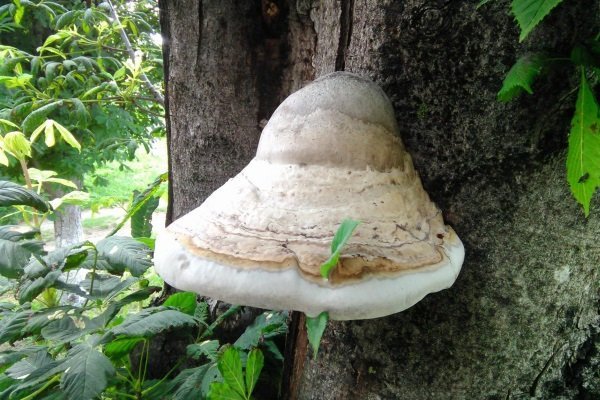

Tinder fungus
Mosswheel
Description... This edible mushroom has a brown hemispherical cap, the size does not exceed 10 cm. Over time, cracks appear on the cap. The pulp of the mushroom is yellowish-red; a shade of blue can be seen on its cut. The leg of the flyworms is of a standard type, cylindrical in shape; as it grows, its base or top can increase depending on the type of mushroom.
Where and when does it grow? In the Volgograd region, many mossweeds are found in the pine forests near the village of Kletskaya. The name of the mushrooms is due to their favorite growing place - moss. The most suitable time for picking mushrooms is from the beginning of July to the end of August.
Varieties... A little less than two dozen species belong to the flywheels, of which about 7 are found on the territory of the Volgograd region.
Doubles... Flywheels, like boletus, are often confused with a pepper mushroom, which is inedible. You can also name such doubles as parasitic flywheel, chestnut and bile mushrooms.
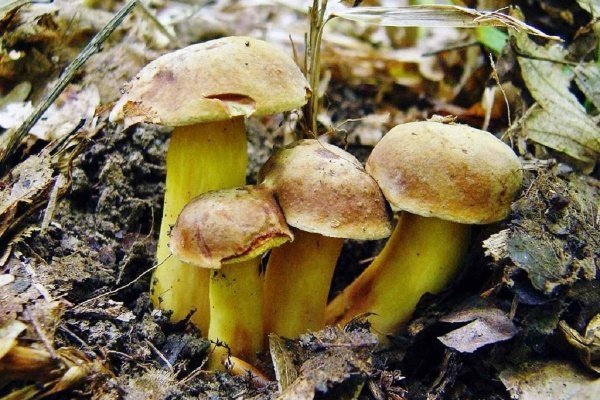

Volnushki
Description... The cap of the wave is about 8 cm in diameter. In young mushrooms it is convex, in adults it is flat, with the edges curled down and a notch in the center. It has a fleecy surface, the color varies from light pink to bright, saturated brick-pink, towards the center the color is darker. In the absence of moisture, the mushroom begins to turn white.The wolf has a thin, strong, short pink stem.
Where and when does it grow? Waves grow in forests with birches. Collect these mushrooms from June to October.
Varieties. The most famous of the waves are pink and white, there are also gray, yellow and marsh waves.
Doubles... The doubles of the waves are seemingly similar to them milkmen. The cap of the latter is also pinkish in color, sometimes with reddish rings, but without edging along the edges.
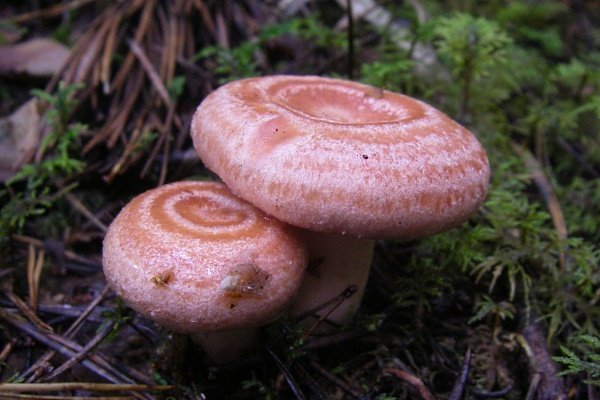

Pink hair
Champignon
Description. Champignons have a characteristic white-gray rounded cap, sometimes yellow spots may be present on it. The leg is firm and even. The mushroom has an average size when compared with its counterparts.
Where and when does it grow? Mushrooms are preferred to grow in spruce forests, meadows, pastures, and fields. It is customary to collect them at the end of June.
Varieties. Today, there are about two hundred species of champignons, the vast majority of which are edible mushrooms.
Doubles... A dangerous common champignon counterpart is the false champignon, which can be distinguished from the edible one by its unpleasant odor. Sometimes champignons resemble fly agarics in their cap colors, but on the first there is no volva and a different color of the plates: from pink to black-brown.
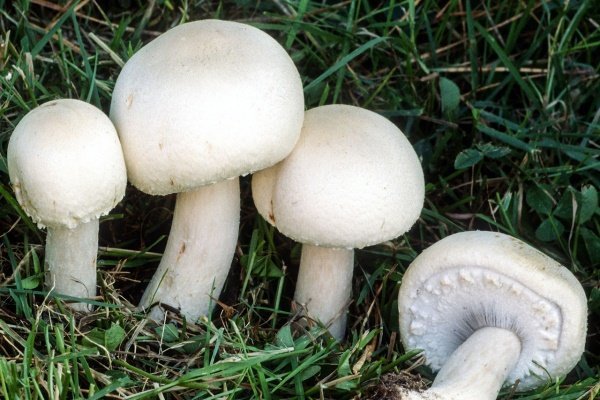

Polish mushroom
Description. The cap of the Polish mushroom is about 10 cm in diameter and has a rounded shape. At the beginning of growth, its edges are turned inward, as the mushroom matures, the edges unfold and can bend outward, the cap takes on a flatter shape. According to the color of the cap, there are light and dark shades of brown. The leg of the mushroom is impressive - it reaches about 10 cm in height and 4 cm in diameter.
This name was given to the mushroom due to the fact that earlier it was supplied to Europe mainly from Poland, where it was a popular product.
Where and when does it grow? The Polish mushroom can be found in coniferous forests, less often in deciduous ones, with a predominance of sandy soil. You can pick such mushrooms for a long time - from June to November.
Varieties. In various classifications, the Polish mushroom belongs to boletus, moss, or stands out as a separate species.
Doubles. The Polish mushroom has such twins as the variegated flywheel and the green flywheel, which differ from it in their color and cracking cap.
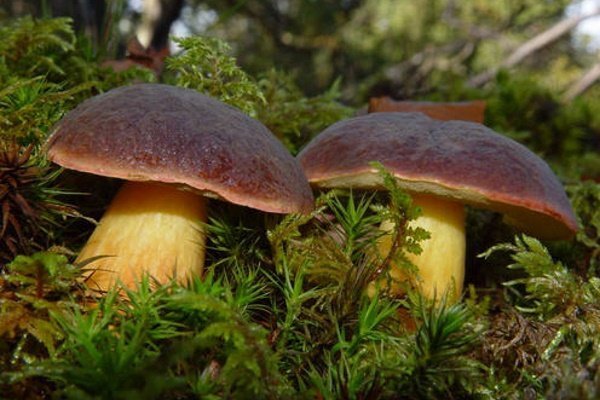

Butterlets
Description. A distinctive feature of butter is the sticky, easily removable skin of the cap, which is what gave them the name. Mushrooms are small in size, the diameter of their caps rarely exceeds 10 cm. The color palette of the mushroom depends on its type and the illumination of the place of growth. The leg of the boletus is also small, white or similar in color to the cap.
Where and when does it grow? Mushroom pickers collect large quantities of oil from pine forests. The peak of mushroom picking is in June and July.
Varieties. There are many types of boletus, among which it grows in the area: white, granular, yellow-brown, common, reddish-red butterdish.
Doubles. Butterflies, like many mushrooms, are often confused with the pepper mushroom, which is inedible.
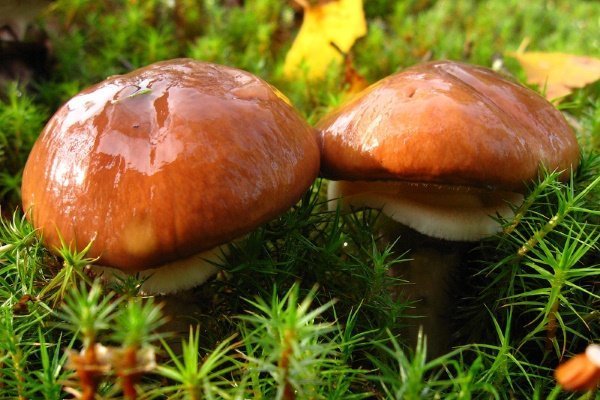

Chanterelles
Description. Chanterelles are common mushrooms. Their size is small - the cap rarely exceeds a dozen centimeters in diameter. The color palette of the hat stretches from light yellow to bright orange. Its edges are usually wavy or irregular in shape; in adult mushrooms, the cap often takes the form of a funnel. The stem of the mushroom is short, fused with a cap, of the same color or slightly lighter.
Where and when does it grow? Chanterelles often take a fancy to deciduous, pine and spruce forests. You can start collecting early - chanterelles appear in May and grow for a couple of months.
Varieties. These include: common chanterelle, gray, cinnabar red, faceted, yellowing, tubular.
Doubles. Real chanterelles can be easily confused with false ones, but the latter can be recognized by the white juice released when the mushroom is broken.
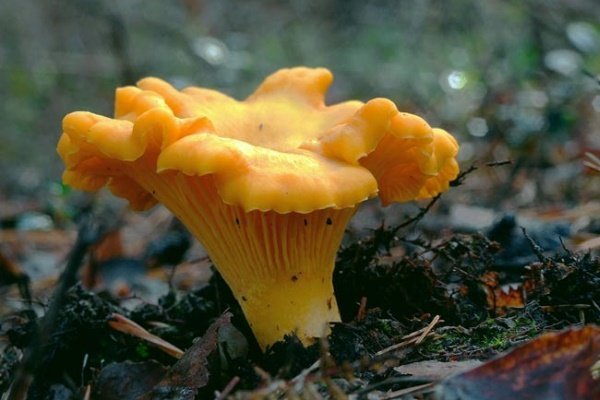

Dung
Description. The cap of the dung beetle is white, has a bell-convex shape and a thin flesh. The cap has characteristic scales that turn black as the mushroom matures. The stem is cylindrical and long compared to many other mushrooms. Dung beetles grow rapidly, and after the maturation of the spores, their self-dissolution occurs; as a result, only a small dark spot remains from the fungus.
Where and when does it grow? Dungs grow wherever the soil is rich in humus or manure. They can often be seen in vegetable gardens, parks, on garbage heaps. The optimal time for collecting them is May.
Varieties... Common edible mushrooms of this species are white, gray and common dung beetles.
Doubles... Mushrooms are similar to each other, and it is difficult for them to find doubles among other families.
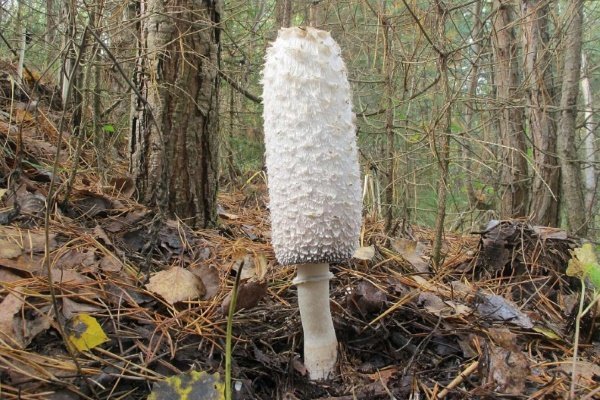

Rows
Description. Rowing hats are about 10 cm in diameter, the color depends on the species. Their edges are fibrous, sometimes scales are present. At the beginning of the growth of the cap, cracks appear on it. The stem is dense, central, of medium length.
Where and when does it grow? Poplar rowing is common in Rudnyanskiy, Kumylzhenskiy, Olkhovskiy, Svetloyarskiy districts. Its growth peaks in August. Zelenushka can also be found in September in the pine forests of the Kalachevsky region.
Varieties. In the Volgograd region, there are mainly two types of edible rows: poplar and golden or lemon, popularly called green tea. According to the color of the cap, they differ noticeably: in the first, the cap is often red-brown, in the second, it is greenish-yellow.
Doubles. There are many common edible types of rows. Sometimes you can stumble upon poisonous species: brown, white, leopard. They can be distinguished by their general appearance and the often present pungent odor, but dangerous mushrooms are far from always visible among the majority of similar ones.
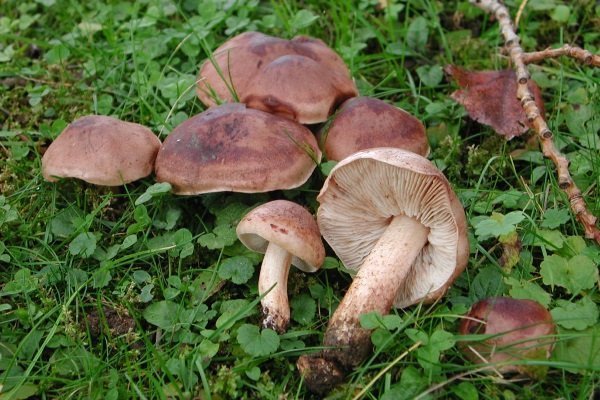

Poplar row
Honey mushrooms
Description. The honey agaric hats in diameter reach 13 cm, in young mushrooms they have a spherical shape, the edges are bent inward. As it grows, the shape of the cap transforms into a flat-convex one, a tubercle appears in its center. The color of the cap is gray-yellow, with a brown tint, in the center is darker, with small scales. The honey agaric has a long leg, 1-2 cm in thickness, the color is the same as that of the cap or slightly darker. Often, the fruiting bodies of mushrooms grow together with the base of the legs.
Where and when does it grow? Honey mushrooms grow in large groups from late August to late autumn on stumps, roots, fallen and living trunks of deciduous trees, usually birches, less often conifers, mushrooms are also found in nettle thickets. In the Volgograd region, honey fungus is common in the Shaki oak forest, the village of Rudnya, Surovikino, Kalach-on-Don, the Ryabovsky farm and the Chernyshkovsky district.
Varieties. There are several types of edible mushrooms, among them summer, autumn, winter, meadow, thick-legged, slimy, spring.
Doubles. Autumn honey agaric is confused with some dangerous species of honey agaric. You can distinguish an edible mushroom by the ring on the leg.
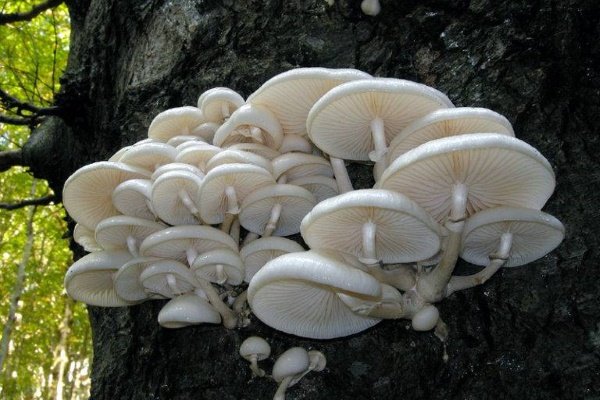

Goat
Description... This mushroom has a convex or slightly flattened cap, with an average diameter of 7 cm, its shape is convex at the beginning of the growth of the fungus, over time it flattens. With a lack of moisture, the skin on the cap shines, with an excess of moisture, it becomes covered with a layer of mucus. The color of the cap varies from yellow to reddish-brown. The height of the leg is equal to the diameter of the cap, of the same color.
Where and when does it grow? Goats grow in pine forests most often on acidic, nutritious and moist soils. Found along roads and peat bogs. The best time to collect mushroom data is from August to September.
Varieties... Goat is the only species, its closest relatives are boletus.
Doubles. An inedible pepper mushroom is considered a goat-like mushroom - it is smaller in size and has a spicy peppery pulp.
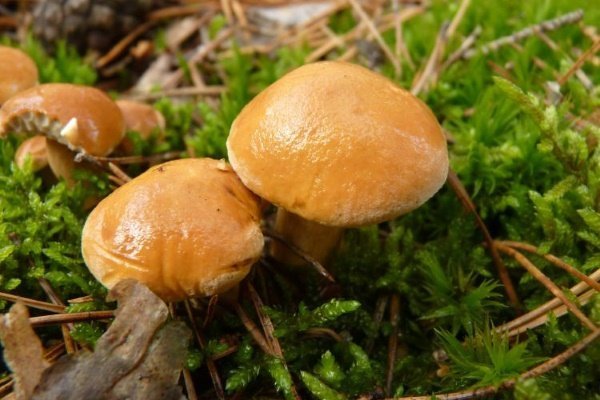

Burning russula
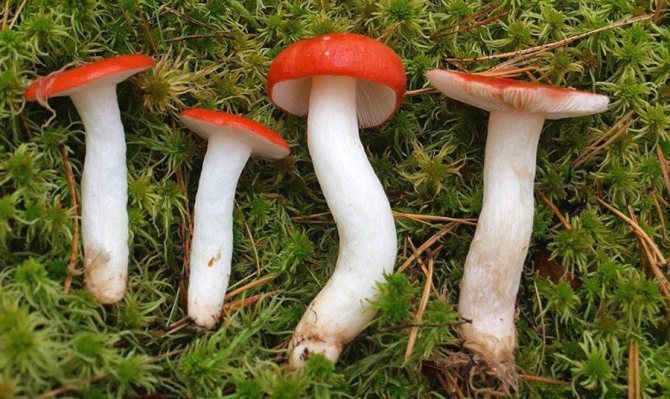

It is almost impossible to distinguish a poisonous variety from an edible russula. It is a lamellar mushroom with a pink or red cap and a white stem.
The only difference is that the cut flesh darkens over time. The poisonous mushroom is also called russula nauseous, as it causes persistent disturbances in the digestive system.
Tips from experienced mushroom pickers
Experienced mushroom pickers recommend:
- you should not pick mushrooms with a tuberous thickening, which is covered with a torn shell;
- it is impossible to collect overgrown or old, as well as wormy fruiting bodies, in which toxic substances and elements of protein decomposition have accumulated;
- it is best to pick mushrooms in drizzling rain or cloudy weather;
- you can not eat mushroom dishes for people suffering from diseases of the liver and kidneys, as well as the gastrointestinal tract;
- it is not recommended to use dishes with mushrooms in the menu of children under the age of twelve;
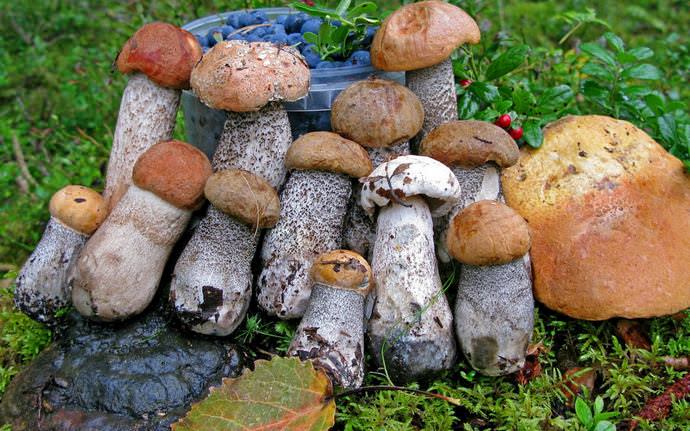

- all collected fruiting bodies of mushrooms must be processed as soon as possible;
- pretreatment of mushrooms includes pruning the root of the fruit body, removing large adhered forest debris, as well as thorough rinsing in running water;
- mushrooms belonging to the lactarius should be imperatively soaked in water for several days, replacing the water several times a day, which will remove bitter or pungent, plentiful milky juice from the fruit bodies;
- the optimal is the preliminary boiling of the mushrooms, which allows you to remove a significant part of all harmful components from the fruit bodies;
- inexperienced, novice mushroom pickers can be recommended to collect not lamellar, but tubular mushrooms.
Gymnopilus beautiful
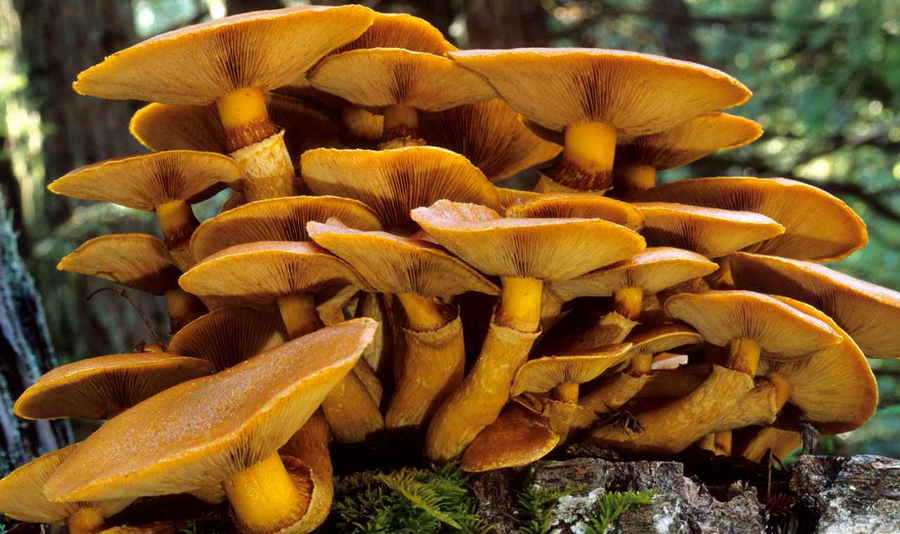

This forest dweller is the strongest hallucinogen. The fungus grows in large colonies of several dozen individuals.
Gymnopilus has a characteristic appearance: these are bright orange small mushrooms on a thin stem. They are sometimes confused with certain edible mushrooms. Gymnopilus should be bypassed, you shouldn't even touch it with your hands.

